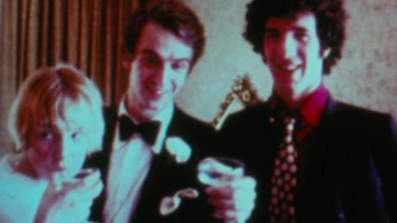THE TUXEDO THEATRE (US, 1968, Warren Sonbert)
/Filmed in 1968, Warren Sonbert considered THE TUXEDO THEATRE an early version of — or “dress rehearsal” for — the film he would ultimately regard as his magnum opus, 1973’s CARRIAGE TRADE. As in CARRIAGE TRADE, Sonbert traveled around the world to create a tightly-edited work of polyvalent montage in THE TUXEDO THEATRE. It was his first foray into this style of filmmaking following a series of short films, set to the popular music of the time, that documented his contemporaries (including Andy Warhol’s Factory scene) in mid-1960s New York.
Read More








